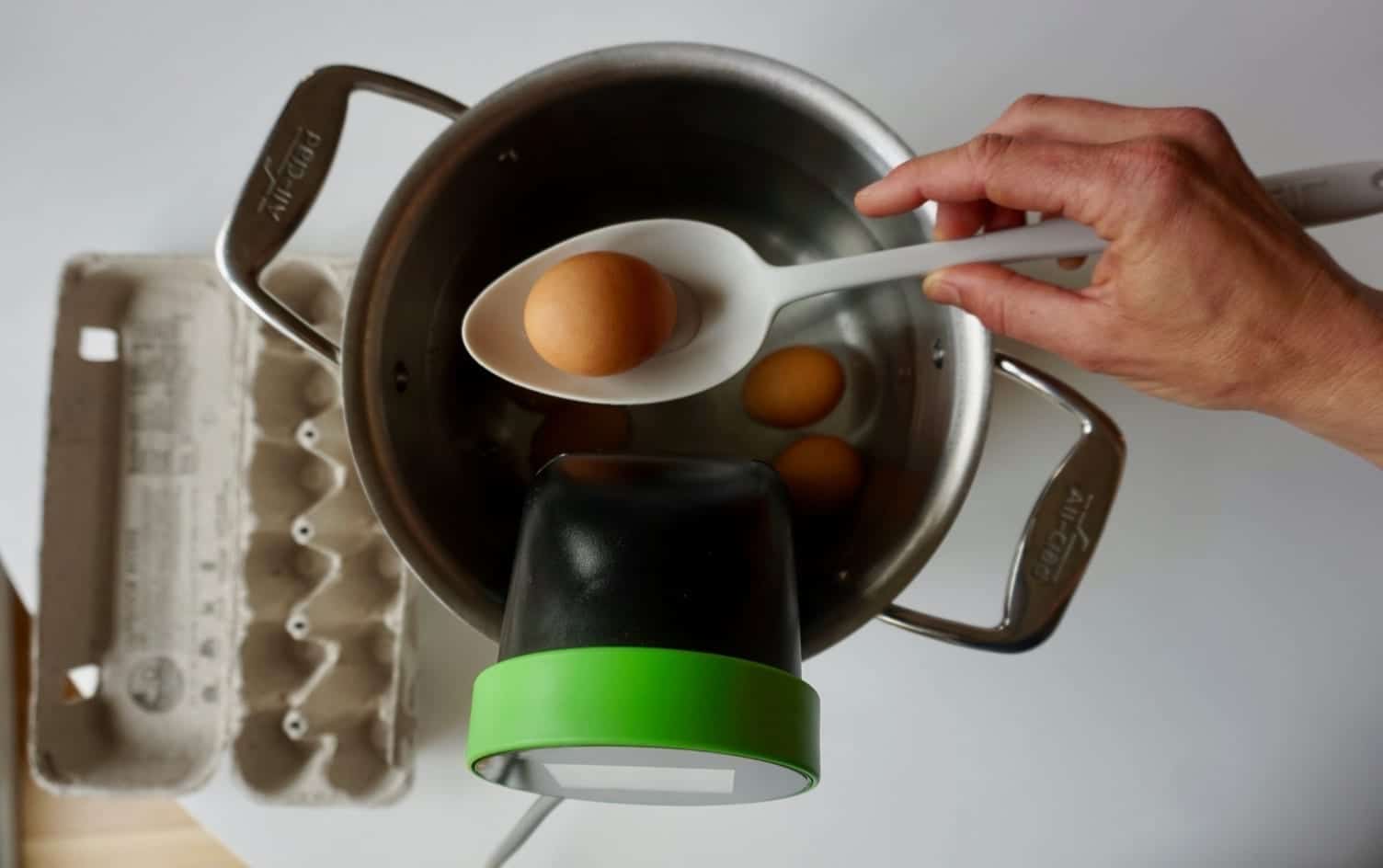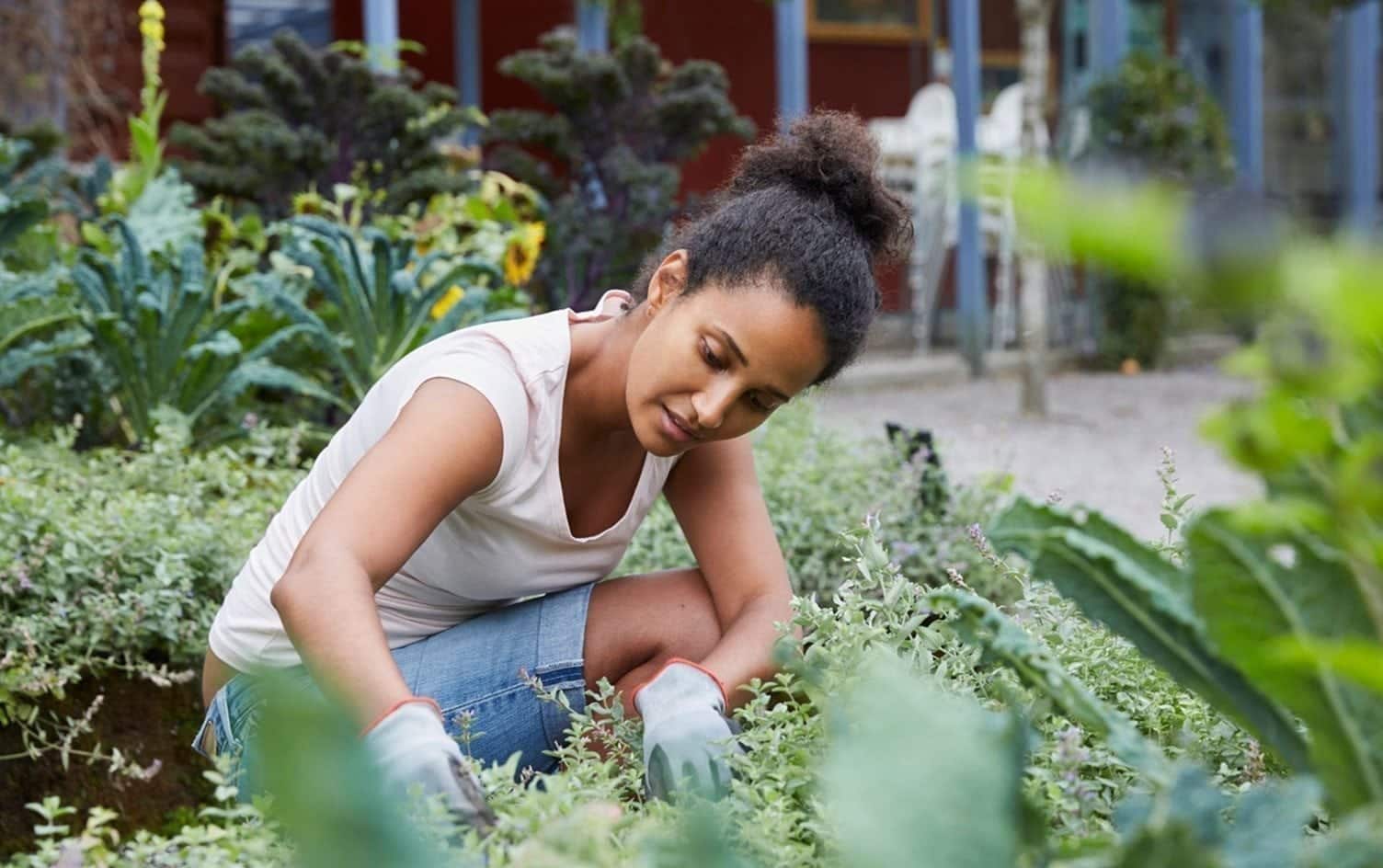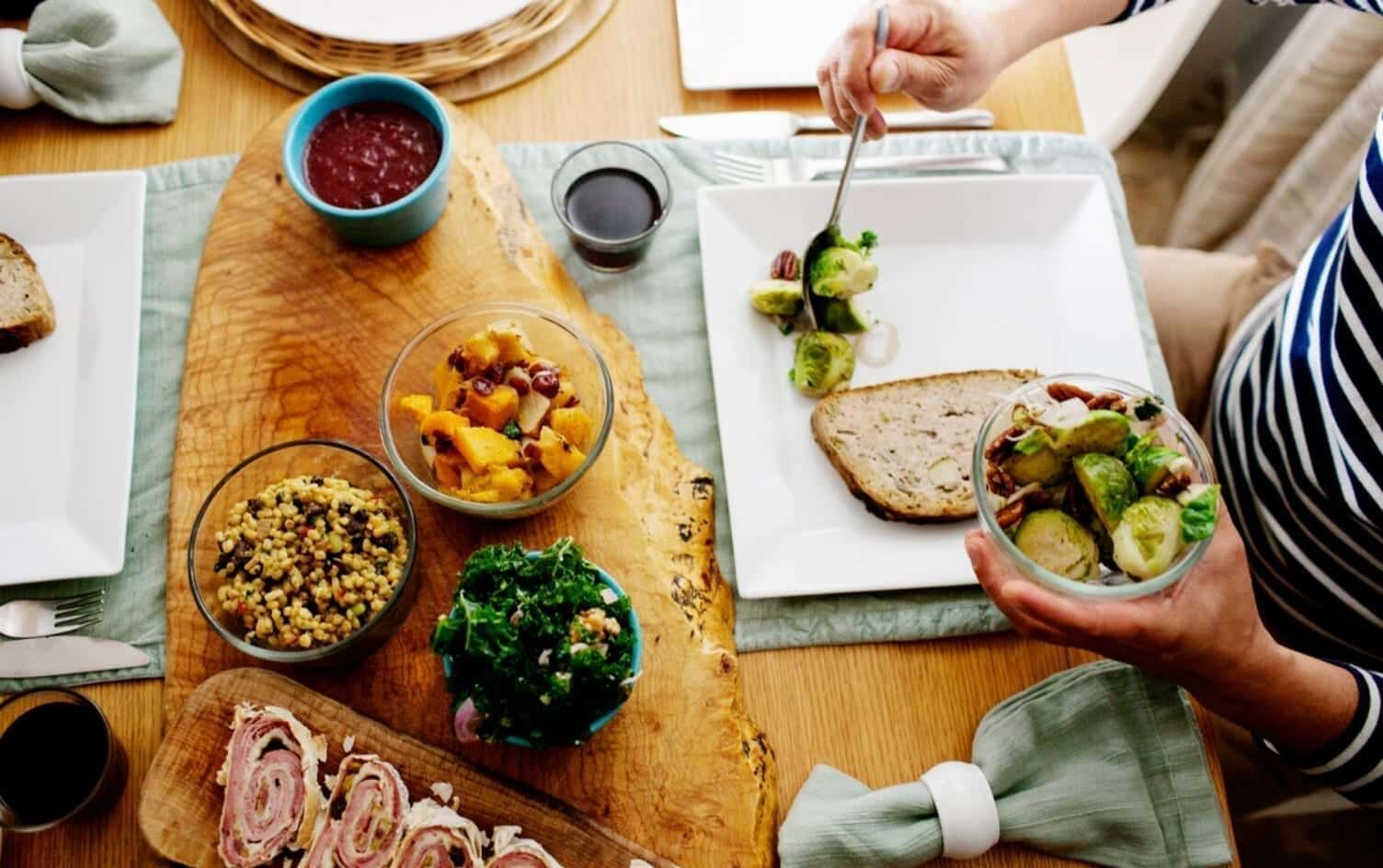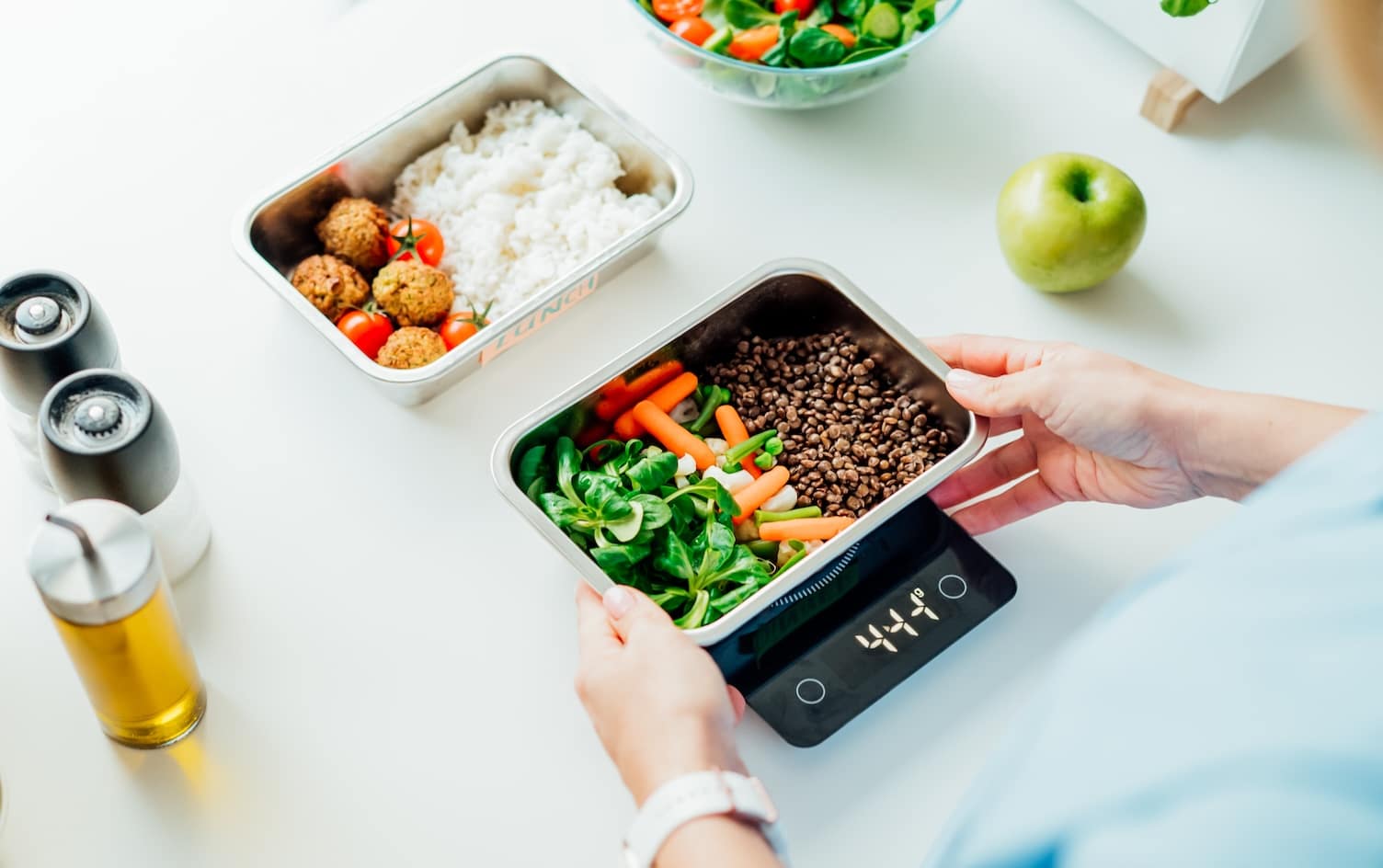Sous vide. If the name sounds science-y, that’s because it is. A scientifically exceptional way of warming proteins to perfection. But what is it, really?
At the most fundamental level, sous vide cooking is the process of cooking food in a temperature-controlled water bath, most often in a vacuum-sealed bag. (The French term translates to “under vacuum.”) Effectively, chefs and cooks employing a sous vide seal food with marinade, herbs and or sauces then drop it into a large pot of water. The food never directly contacts a heating surface, and there are no flames, steam or smoke. The water never boils — it just cooks.
The sous vide machine itself uses a heated metal coil to warm the water to a specific temperature and hold it there, never fluctuating. This makes for a very gradual, controlled cooking process that renders perfectly cooked chicken, steak, pork, fish … even vegetables and soups, slowly warming the ingredients until they’re the same temperature as the water. It’s true your food never goes beyond a point of doneness because the water will never go past a specific temperature. But it also means the beautiful, expensive steak you picked up has no chance of being overdone because it takes its time to cook perfectly.
WHY USE A SOUS VIDE?
MAKES MEAL PREP A CINCH
Proteins, vegetables and more can be sealed and cooked through before being stored, so you can keep cooked dinners at the ready for roughly a week. To enjoy a meal prepared with sous vide, simply allow your meat or vegetables to come to room temperature, then you’re just a quick sear away from a magnificent Wednesday night dinner (and you’ve basically spent zero time in front of the stove).
PERFECTLY COOKED MEALS
When you cook on the stove, you’ll warm a metal pan over high, direct heat so you can bring the temperature of the meat up to 135°F. While that’s happening, you can’t see what’s actually going on inside, which means you either have to guess, cut it open (which ruins the presentation) or poke it anxiously with a meat thermometer. With sous vide, there’s no guesswork and no risk; if you put a steak in a sous vide bath set at 140°F, there’s no chance the steak goes past that temperature. Your steak will be cooked to a perfect medium-rare throughout thanks to the sous vide’s secondary function: water circulation. Sous vide machines not only warm but also circulate water to ensure there are no hot or cool spots in your pot, sort of like a perfectly heated dinner-making Jacuzzi.
VERY LITTLE HANDS-ON COOKING
Once your meat is done cooking in the sous vide, you need to finish it to seal in flavor, since the sous vide process removes any actual contact with direct heat so your food won’t be crispy, caramelized or charred in any way. When cooking proteins like pork or steak (which look pretty gray after a sous vide bath), that exterior texture is key. The solution is to give your sous-vide cooked food a quick sear on a ripping-hot skillet for a minute or two to develop some caramelization without further increasing the interior temperature of the meat.
LITTLE FINANCIAL INVESTMENT FOR DELICIOUS RETURNS
Gone are the days when sous vide were countertop-sized machines only available for commercial kitchens. The new modern sous vide are small, affordable, powerful, versatile and easy to clean and store. For around $100, you can get yourself a revolutionary way of preparing meals.
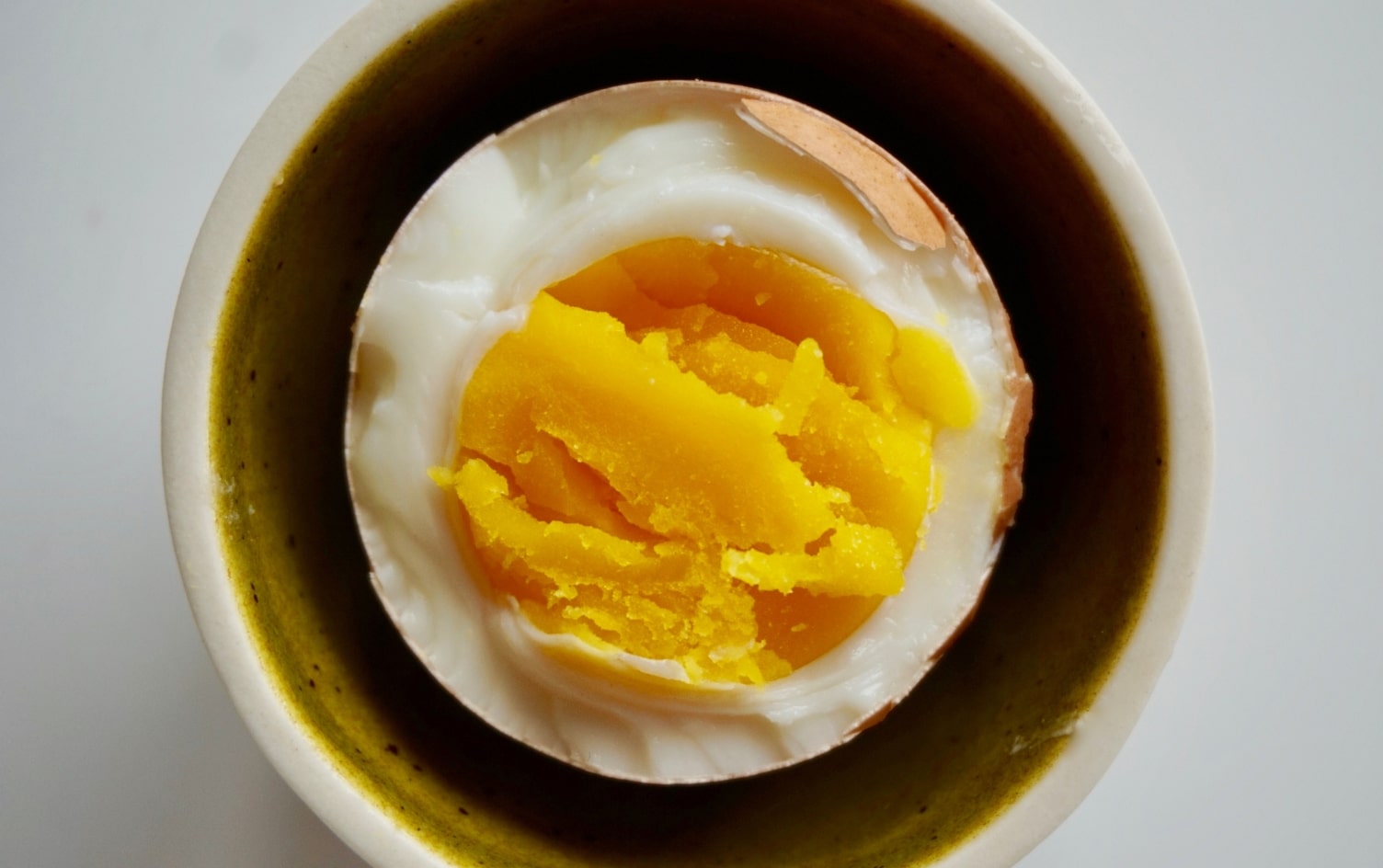
GETTING STARTED: PERFECT SOUS VIDE SOFT-BOILED EGGS
Learning new cooking techniques — no matter how speedy or stylish — takes time and the expense of great ingredients. Get your sous vide cooking off on the right foot by starting with inexpensive eggs.
Chefs love cooking eggs with sous vide because the whites set perfectly while still rendering runny yolks. The sous vide also makes exceptional hard-boiled or poached eggs — give your own egg experiments a whirl to finagle your favorite eggs with sous vide. In the meantime, here’s how to make perfect sous vide soft-boiled eggs at home:

PERFECT SOUS VIDE JAMMY-YOLKED, HARD-BOILED EGGS
- Pull your desired number of eggs from the fridge, allow to come to room temperature for 30 minutes.
- Meanwhile, prepare a heat-proof container (like a large stock pot) of water and place your sous vide cooker inside. Set temperature to 160°F. Fill the pot with enough water to cover your eggs completely.
- Fill a bowl with enough ice water to cover the eggs.
- Allow the sous vide to come to temperature. When the water reaches 160°F, add the eggs (loose in the water and not in a bag) to the water and cook until the whites are precisely set and the yolks are jammy — roughly 35–45 minutes depending on your elevation. Higher elevations require more time than sea level.
- After the yolks have come to temperature, move the eggs to the ice bath for at least 1 minute to halt cooking.
- Serve immediately or refrigerate and reheat for a few minutes in the sous vide or a bowl of hot water.
